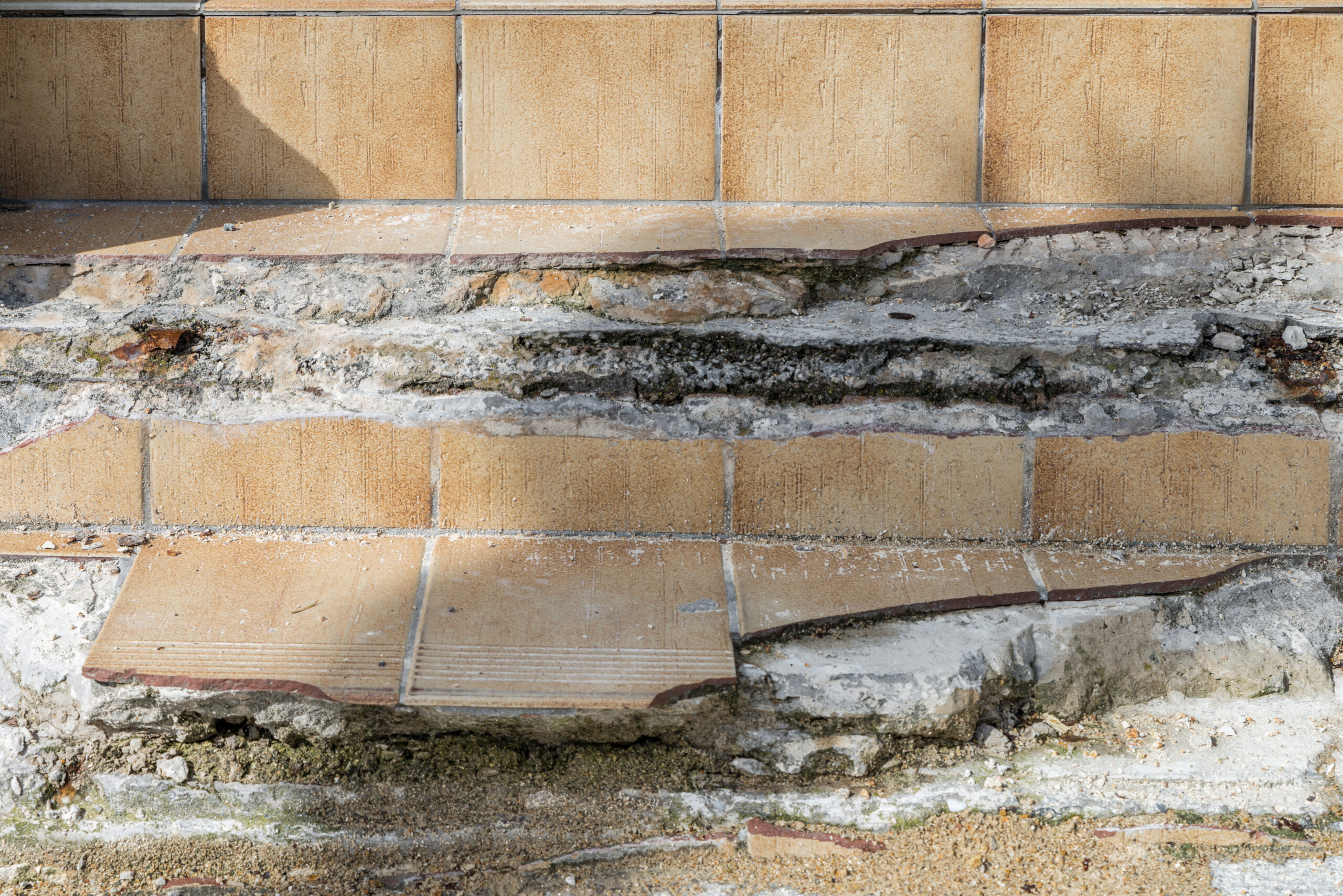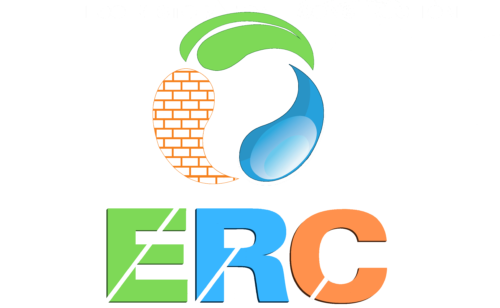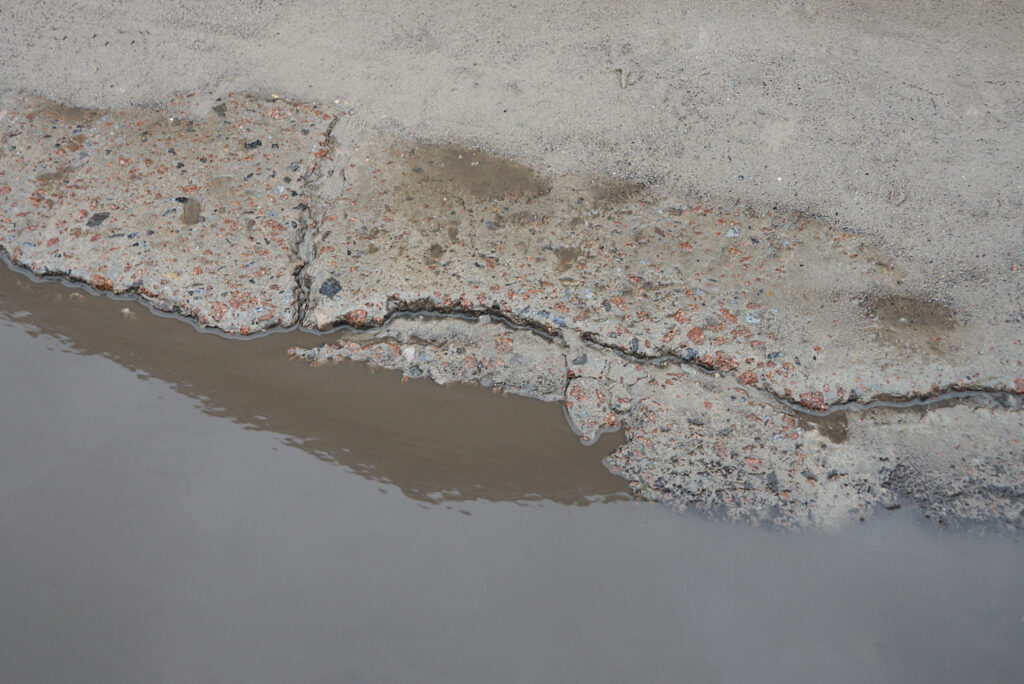The time it takes to dry up damage caused by a leak or flood thoroughly can range from two days to several weeks, depending on the nature and magnitude of the damage.
Concrete water damage causes
Flooding is the main offender, though it can also be brought on by anything from a leaky pipe to a natural disaster. Other typical reasons for water-damaged concrete in modern homes include the following:
- Broken pipes
- Flooding
- Water buildups in moisture-prone areas, like basements and crawl spaces
- Defective home appliances
- Faulty plumbing systems
- HVAC problems
- Snowmelt
How to dry concrete flooring after water damage?

Remove objects, furniture, or carpeting
Remove anything that might be obstructing the concrete’s ability to dry. The worst-case scenario is the carpeting getting soaked because it probably can’t be saved. Throw away the soaked carpet and remove all other goods and furnishings.
Make sure the furniture is fully dry before removing it. Most of the time, allowing the furniture to air dry should be sufficient, but to do the job well, you might need something like a steam cleaner. You can proceed to the subsequent stage of the process now that nothing is trapping the moisture.
Remove standing water
There are many strategies for this, depending on the extent of the water damage.
Use absorbent materials like towels to soak up the water if it’s a minor, seasonal leak. If the problem is more serious, you’ll need to use a sump pump or another similar device to remove the standing water and keep the area dry.
You can reduce the risk of damage and hasten the drying process that will be used later on by removing as much excess water as possible.
Allow air to circulate
Just let air circulate through the area so that it can dry naturally. This is the simplest and least expensive method for drying concrete walls or floors.
Open the windows if there are any so that the fresh air can naturally eliminate the moisture from the area. Additionally, having adequate ventilation will hasten the process.
Use fans and dehumidifiers
The process can be completed with fans and a dehumidifier. By increasing airflow, the moisture in the concrete is removed.
The fans are not as important as the dehumidifier. In addition to eliminating humidity and moisture from the air, it can also allow the flooring to dry out completely.
When the relative humidity in the space is greater than 50%, a dehumidifier is a terrific option. If you don’t already have one, you can rent one from a contractor’s warehouse or buy one at a nearby home goods store.
This lowers the possibility of moisture and possibly the formation of mold. Keep in mind to be cautious if there is a significant leak or flood. Electrical plugs and water don’t mix pleasantly.
Call in a professional
Occasionally, despite all efforts, it might not be possible to dry the concrete flooring properly. The last option at this stage is to contact a water dryout specialist in South Florida if you suspect there could be underlying dampness.
They have the equipment and skills required to guarantee that your flooring is dry and restore what needs to be restored.






